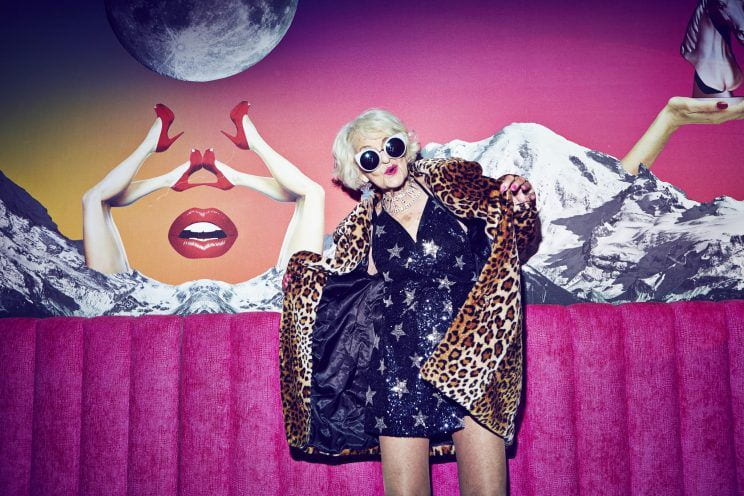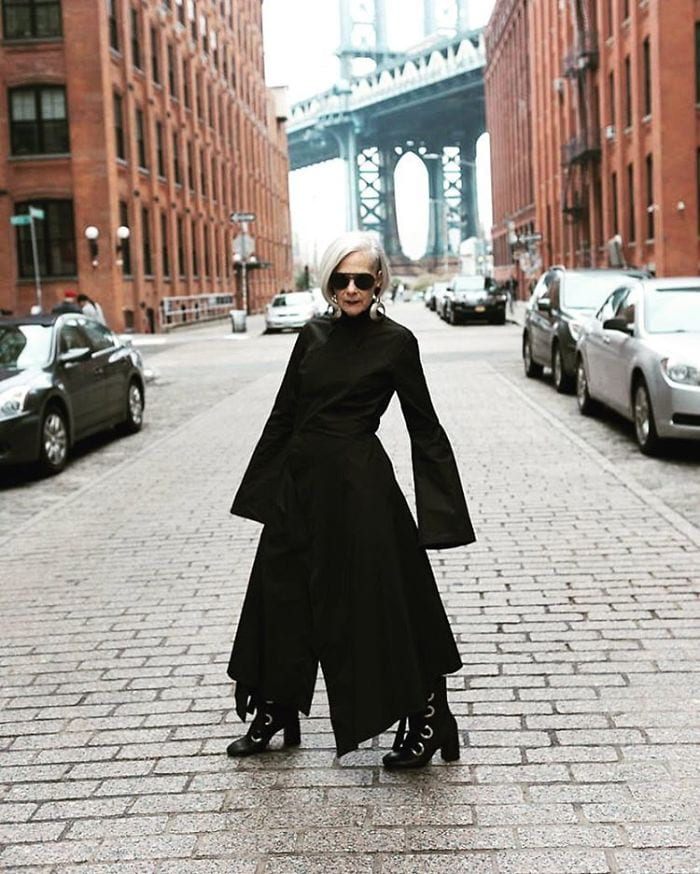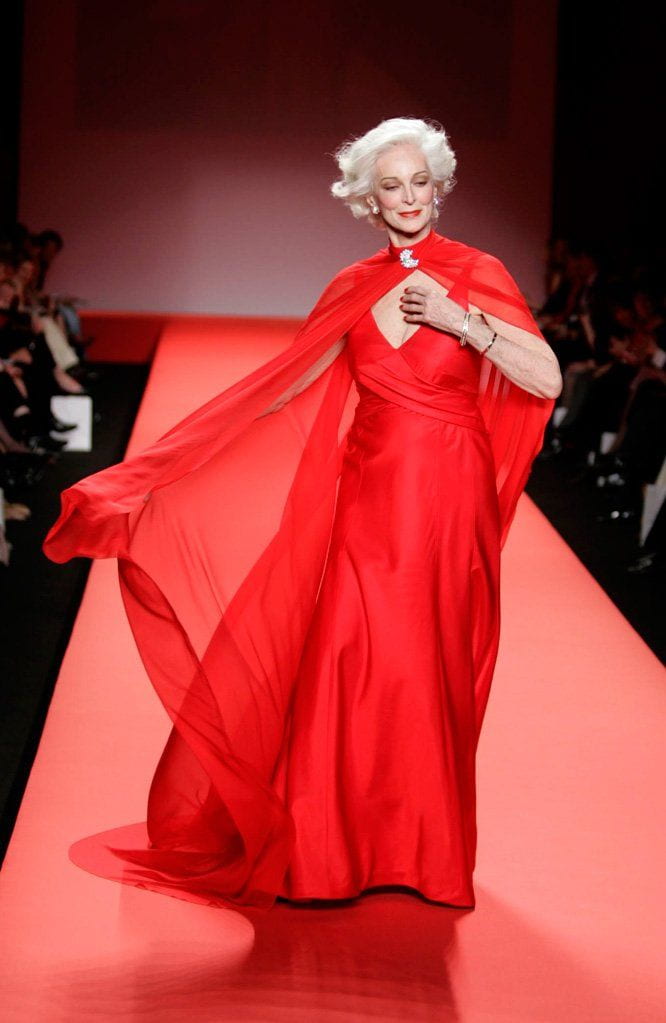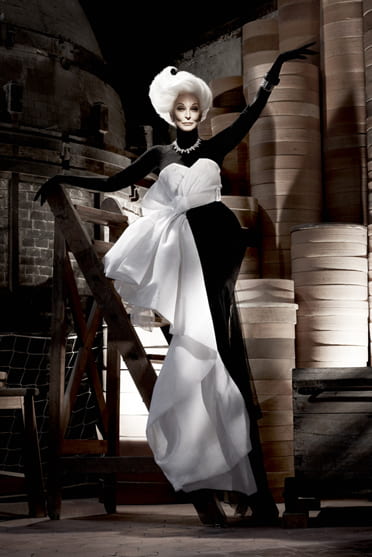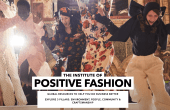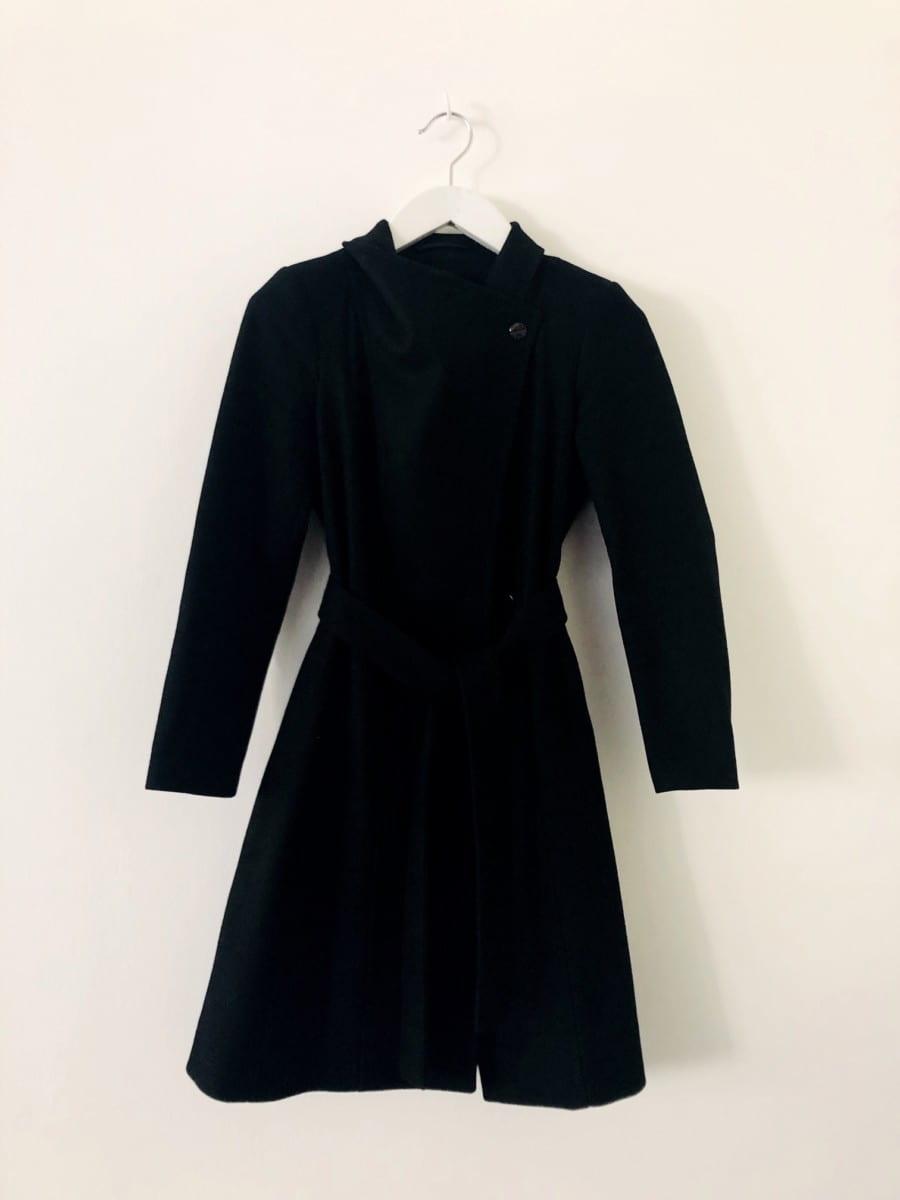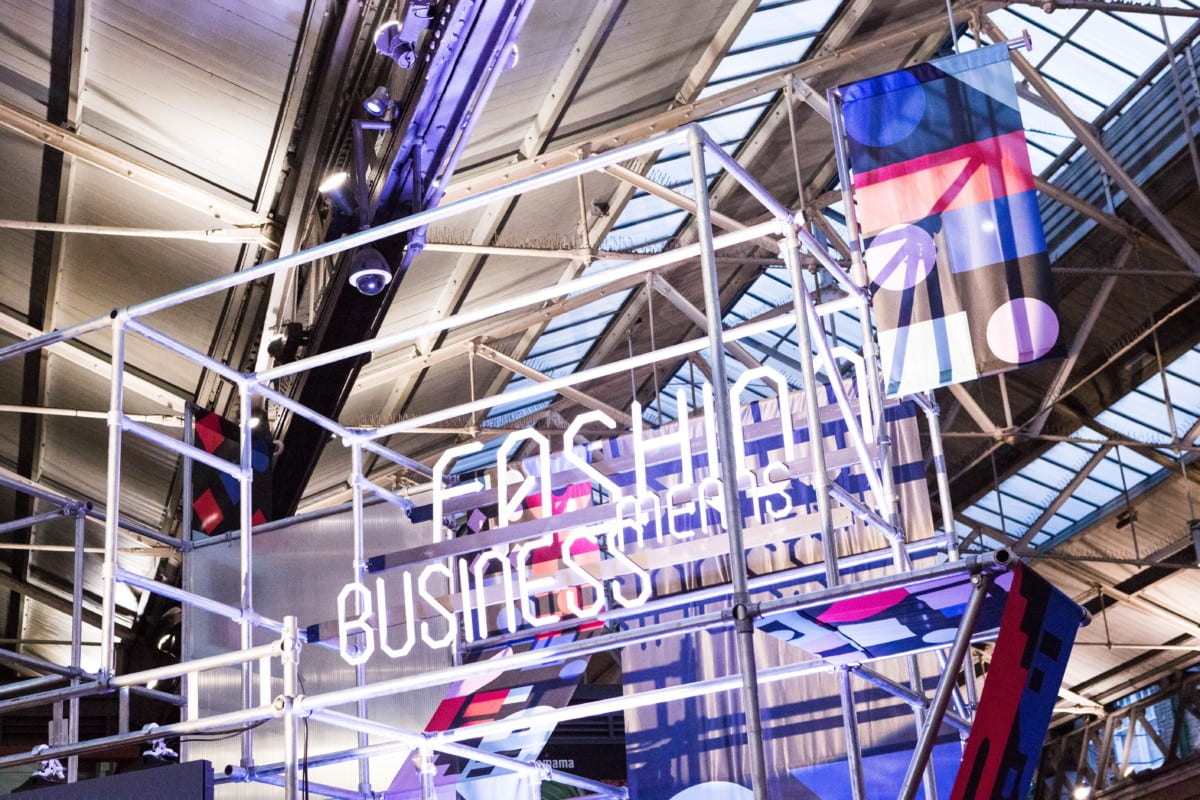One of the great benefits of fashion is how it helps the wearer to express their individual identity and improve their self-esteem, it must be truly inclusive, designed for all individuals of all ages. Therefore, why should fashion just be for those at a younger age?
A baby born today in the UK is very likely to live to be more than 100 years old. According to the Office of National Statistics, the number of people aged sixty-five and over in the UK increased by nearly 27 per cent between 1976 and 2016, and this age group now makes up 18% of the population. By 2046 it is projected to make up nearly 25 per cent of the total. With this demographic of consumer, fashion is becoming increasingly more diverse, no longer should we be made to wear comfy and frumpy, but clothes which represent us. We do not forget about fashion when we turn 50, so neither should the industry.
Since the rise of Instagram, fashion blogs for older women have increased in popularity. Fashion blogger ‘Baddie Winkle’ is 90 years old and has a following of 3.8 million (March 19) followers and although her style is typically youthful with bold and bright clothes, she is the perfect example as to how fashion shouldn’t have an age limit.
Bloggers such as Alyson Walsh’s; That’s Not My Age Instagram page has grown a following of 43k followers. Focusing on clothes, style and even grey hair, Alyson’s page represents the industry having a large consumer group for those in their 40/50/60’s that are actively engaged in fashion and social media. A group of women who actively look for fashion inspiration from these older fashion bloggers which cannot be found elsewhere. Although this audience is largely growing, it Is still uncommon to be represented in magazines, the runway and in shop displays and it is models such as Maye Musk (236k Instagram followers) and Lyn Slater (645k Instagram followers) that are leading this change in the industry.
‘In Fall 2017, 21 models over the age of 50 walked the runways of New York, Paris, London and Milan, compromising of 0.29% of all castings.’ (TheFashionSpot – Diversity Report) This statistic doesn’t come close to the percentage of over 50’s whom actually consume the clothes, thus showing that we still have a long way to go in the diversity of age on the walkway. One model who quite simply breaks the stereotype of a catwalk model is Carmen Dell’Orefice.
In an industry obsessed with youth and change, most models rarely last more than a few seasons. Carmen Dell’Orefice is the exception. At over eighty years old, she is far more than just a face; she understands that in this forever shifting industry it is critical to know who you are. ‘Fashion is part of communication. It’s the beginning. We describe part of ourselves by how we look, but you can’t tell a book by its cover. There’s an appropriateness. I think it’s funny when decades and things are just the current thing. Everybody wants to be somebody else, rather than using those images as a stimulation to look at themselves and redefine and redesign themselves and see who they are.’ For many, Carmen is an inspiration who has challenged assumptions and boundaries at every stage of her life and career. In each photograph, she translates and transforms both the clothes and the vision of the photographer into a reality that is more than just a fashion shoot. Carmen understands the shapes, structure, setting and lighting, and how hair, make-up and clothes all combine with her face to create the perfect image. Of her own thought processes during a shoot, she has said: ‘I’ve always appreciated what [the photographer’s] job is, what they’re trying to do’.
Carmen shows that age has no significance in fashion, women want to feel good no matter what, and it is now brands and advertisers role to be more inclusive, recognise all demographics and be aware that fashion doesn’t stop at 50.
To find out more about Carmen watch my interview here.


